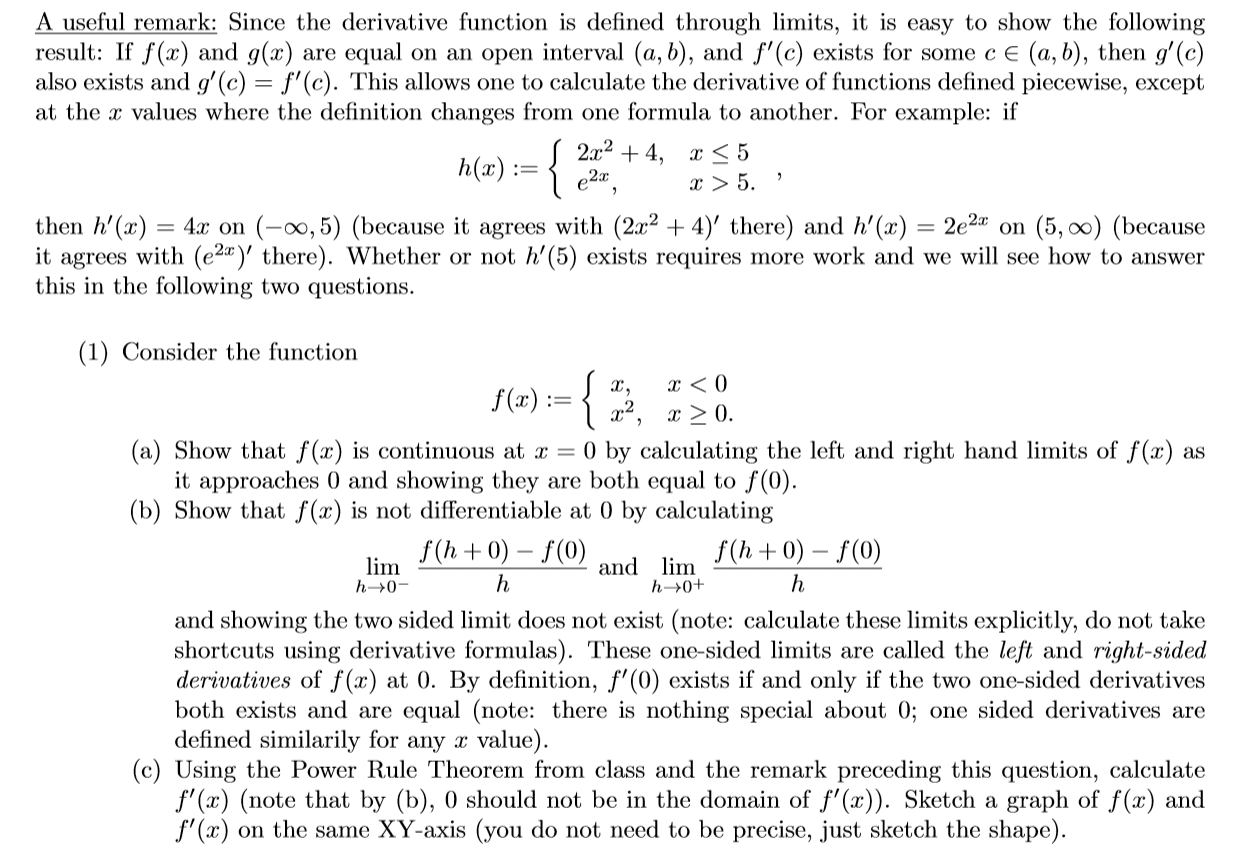MATH 140 Lecture Notes - Lecture 20: Antiderivative
Document Summary
Definition: a function f is called an antiderivative of f on an interval. F "(x )=f (x) for all x in. Theorem: if f is an antiderivative of f on an interval. , then the most general antiderivative of f on. I is f(x)+c where c is an arbitrary constant. Function cf (x) f (x)+g(x ) xn(n 1) cos x sin x se c2 x sec x tan x. Find f if f " (x)=x and. Cos x tan x sec x f (1)=2 f " (x)=x3 /2. Recall that the antiderivative of a power function is. Using that antiderivative, plug in the function to get xn +1 n+1 f (x)= x5 /2. Simplify the function to get f (x)= 2. To determine c , use the information that f (1)=2. Plug in c to get a final antiderivative of f (x)= 2 x5 /2+8. A particle moves in a straight line and has acceleration given by a(t )=6t+4 .


